Kids get sick, and they run fevers. It’s just a part of life. But as parents, we can sometimes be prone to a bit of fever phobia. Many parents believe that if a fever is not treated with medications, there are high risks of serious side effects. This simply is not true! Treating fever in children doesn’t have to involve Tylenol or Nurofen. In fact, there are a number of natural remedies that are far more gentle and supportive.
Fevers are nature’s way to rid the body of infection, and are actually a sign of a healthy immune system. Although it can be frightening for parents, sometimes allowing the child to ride out the fever, is the best thing you can do.
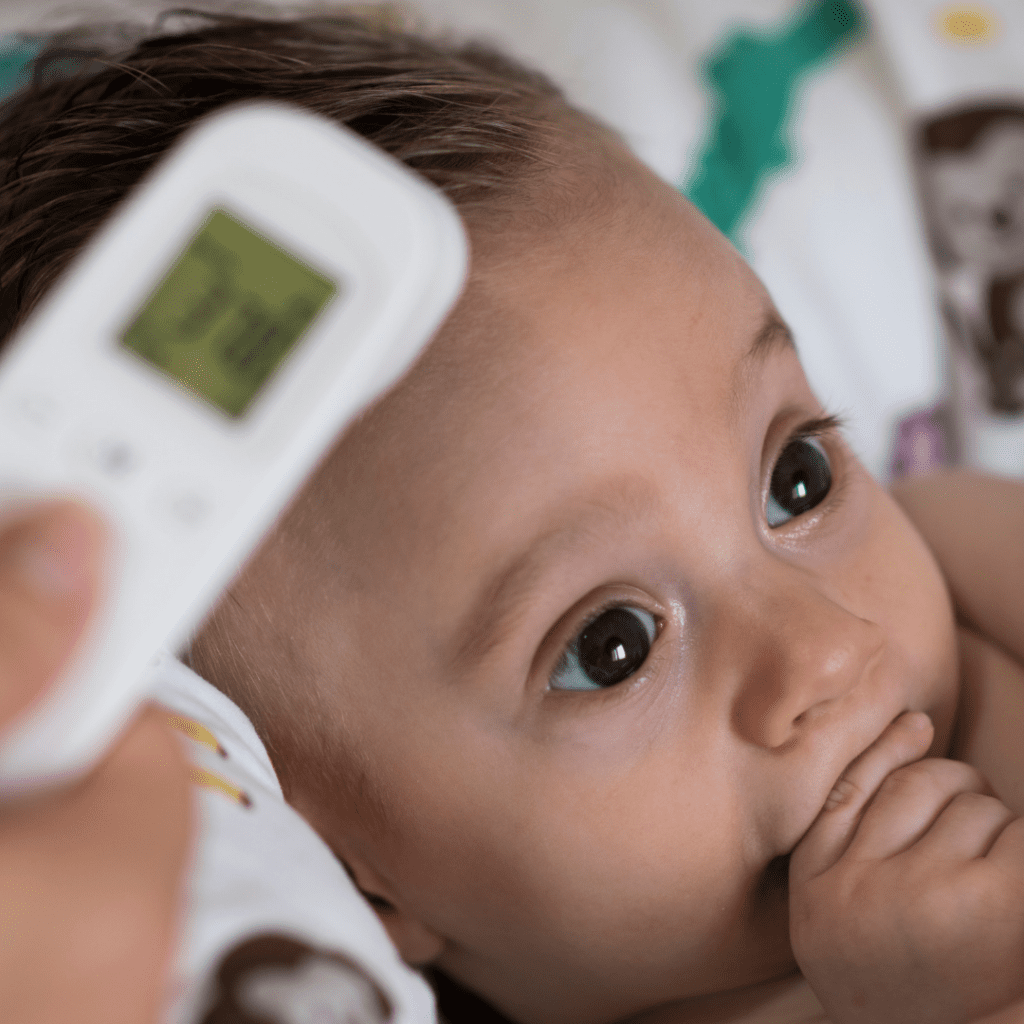
When to call a doctor
It’s perfectly fine to allow your child to run a fever, but there is a point when a fever can become too high. It is recommended to call a doctor if your child is: younger than 3 months old with a rectal temperature of 100.4°F (38°C) or higher. Children 3 months or older with a temperature higher than 102.2° – 103°F (39°C).
Natural Solutions
Aside from allowing a fever to play out, there are some herbal solutions to help cool the situation down.
Certain herbs can help you break your child’s fever in two different ways. Depending on how you use them, herbs can cool your child down or slightly warm him up, triggering perspiration and a subsequent lowering of body temperature. Some herbs are classified as febrifuges, meaning that they reduce fever. Febrifuges such as lemon balm, chamomile, and elderberry are considered cooling in action and are also nervine relaxants.
Other herbs are diaphoretic, meaning they promote perspiration. They work with the body to raise body temperature while simultaneously allowing modulation through the natural cooling mechanism of sweating. Hot tea or infusion preparations enhance the diaphoretic effect. These herbs, including ginger, yarrow, echinacea, elderberry, and lemon balm, are also relaxing to the musculoskeletal system, so people with a cold, flu, or respiratory infection often sleep better after taking them.
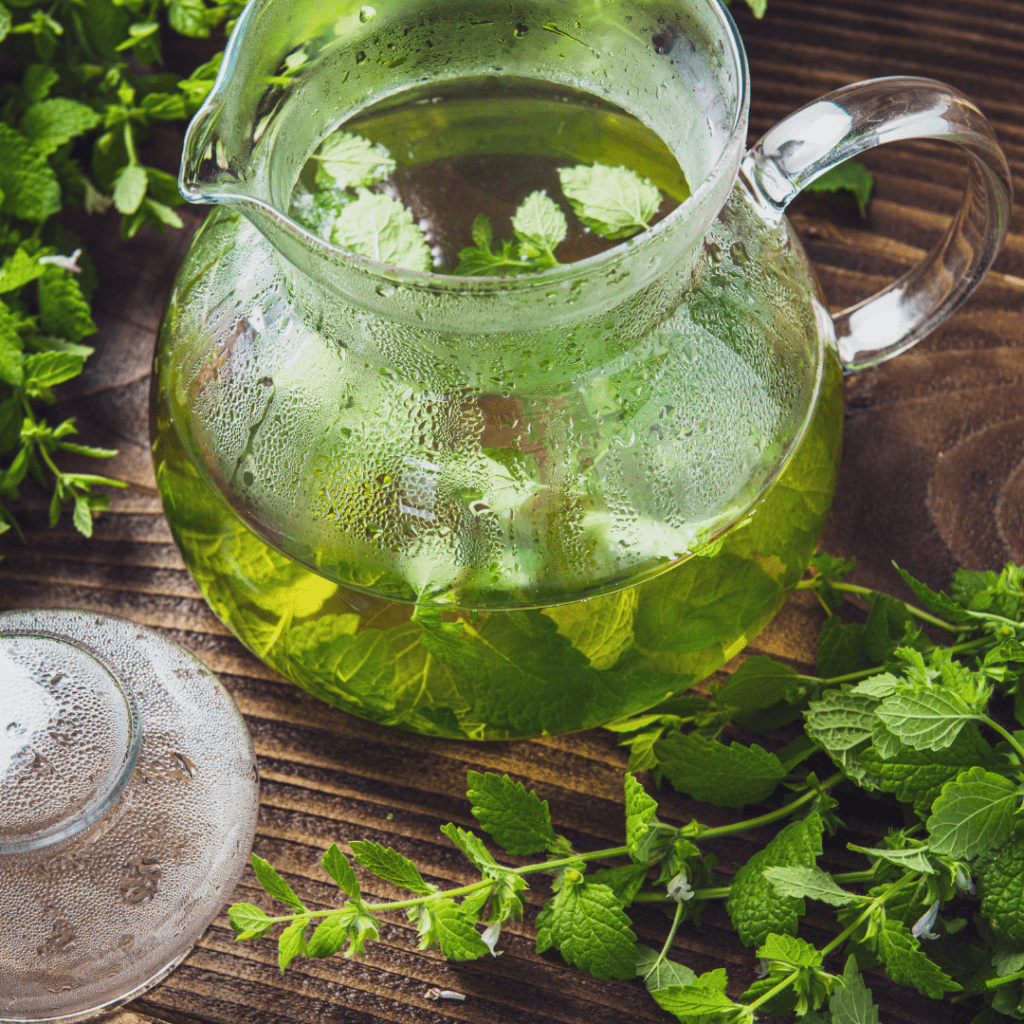
Lemonbalm
Lemon balm (Melissa officinalis L) is one of the most fragrant herbs in the world. A member of the mint family, its leaves release a pleasant, mint lemony fragrance when crushed.
Lemonbalm is traditionally used to treat the nervous system, and has long been said to promote longevity. It is gentle, safe and calming, making it an excellent herb for children. As a nervine, and febrifuge, lemonbalm not only helps to relieve stress, but it also soothes an upset stomach and relieves gas.
Leaves of lemonbalm are one of the best herbs to use for the feverish, children and adults alike.
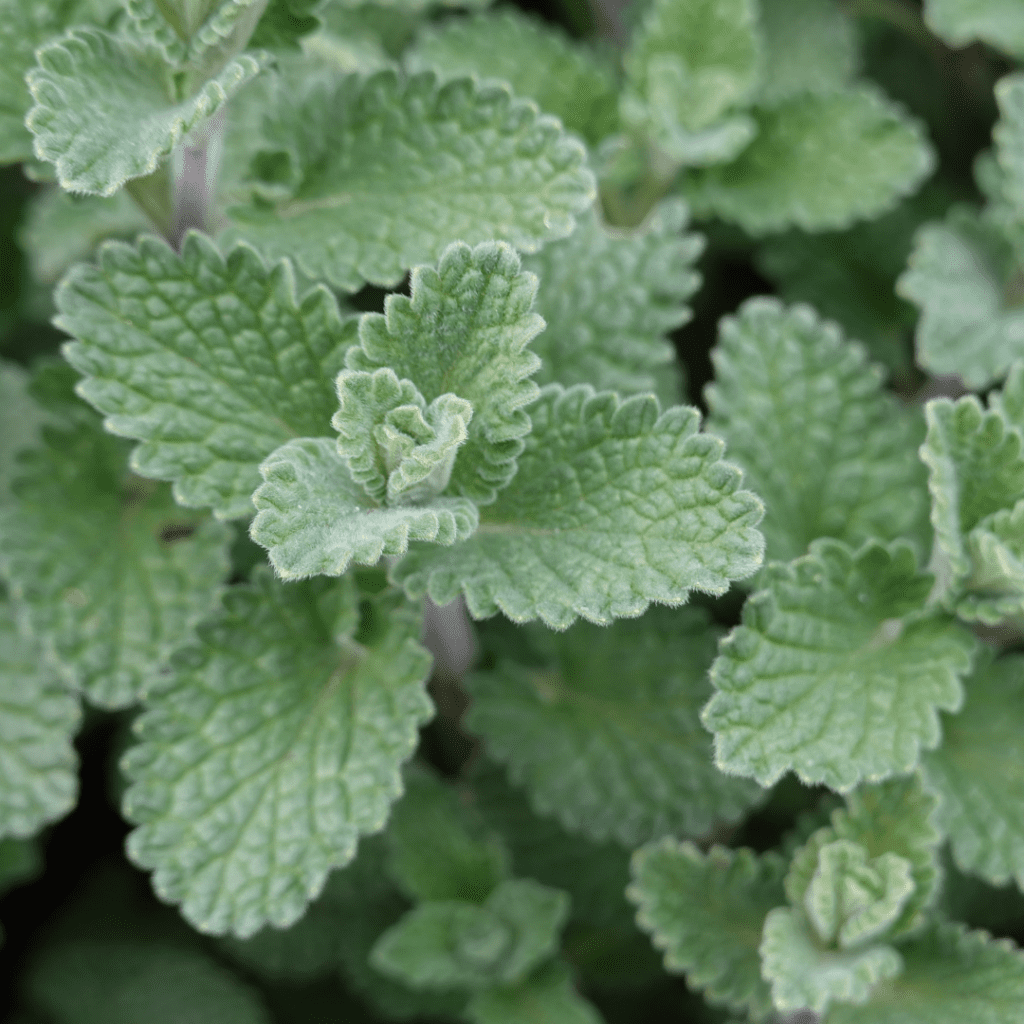
Catnip
Catnip is famous for the way it affects cats by driving them into a wild frenzy. They love it. But for humans, it is a quiet and calming herb used to relieve all types of stress. Related to lemonbalm, catnip is another febrifuge, meaning it is beneficial in lowering fevers. Its helpful as a digestive aid for colic, indigestion, diarrhea, and may also help with teething pain and restlessness.
Catnip is great to combine with other herbs like lemonbalm and oat straw to help calm a fussy child before bed.

Recipe
Before we can make our popsicles, we must make an herbal “cool down” tea.
Cool Down Tea
2 parts lemonbalm
2 parts catnip
1 part elderflowers
1 part chamomile
1 part echinacea herb
Mix the herbs together and store, sealed, in a cool, dry place until ready to use.
To Make
To make the tea, add 1-2 teaspoons of herb mix to a mug and pour 8 ounces boiling water over it. Cover and let steep for 5-15 minutes. Sweetener such as honey or maple syrup can be added. Give the age-appropriate dose every 30 minutes.
This tea can be given hot, warm, cold, or in fever-reducing popsicle form!
Dosage
How much tea should your child drink? If it is an acute fever (meaning from sickness and not a serious health disorder), have your child drink small, frequent amounts until symptoms subside. In fever situations, administer the age-appropriate amount of tea every 1/2 hour until the fever subsides.
Use this chart to help you determine the appropriate dose for your child
Dosage weight
~Up to 5 lbs, 1 tablespoon
~5-15 lbs, 2 tablespoons
~16-35 lbs, 1/4 cup
~36-65 lbs, 1/2 cup
~66-80 lbs, 3/4 cup
~81-110 lbs 1 cup
~Adult 1 cup
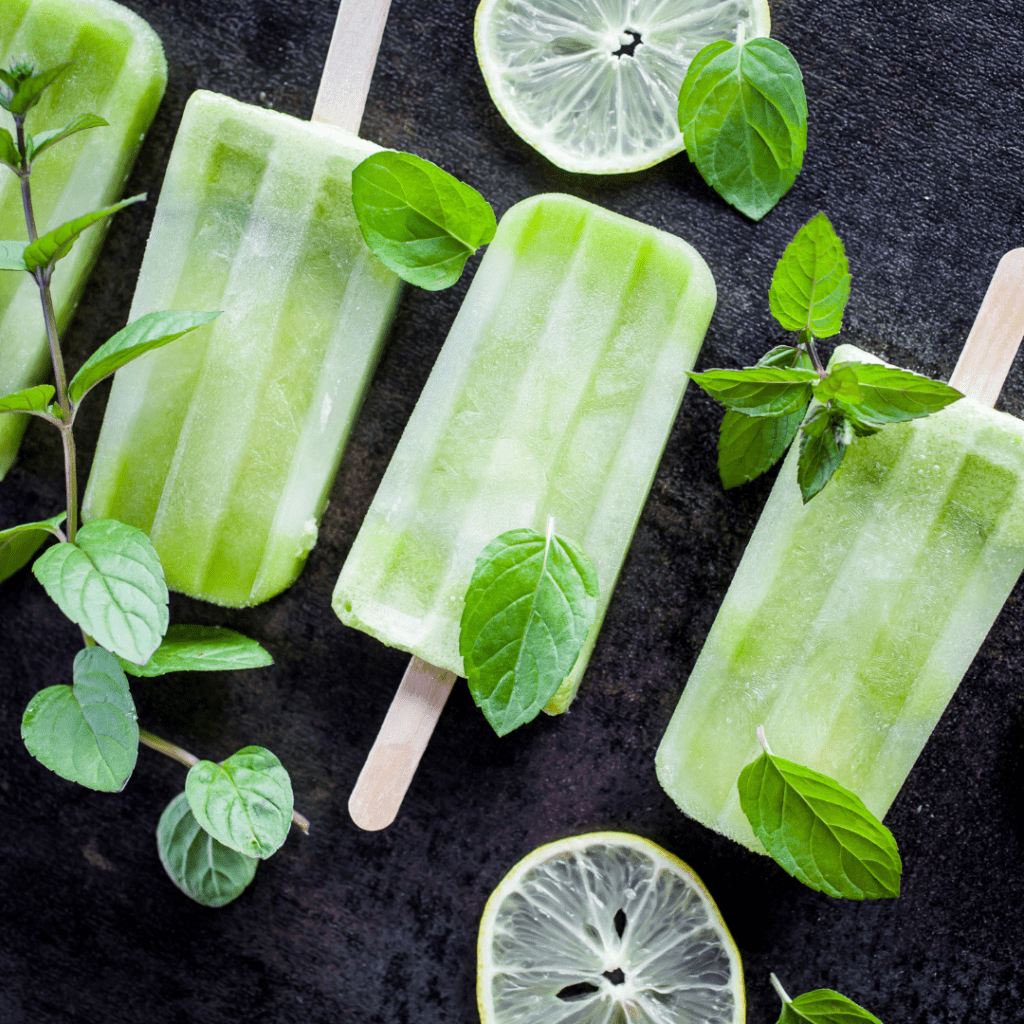
Cool Down Popsicles
Make your herbal tea as directed above. Allow your tea to cool down, then pour into your popsicle molds. Freeze until needed.
Adding pieces of fresh fruit to the molds can make these fun, tasty and appealing as well!
Give your child a popsicle to help them cool down. Most popsicle molds hold 3 to 4 fluid ounces. Judge your popsicle dose off childs weight and ounces of the individual popsicle. You can also dilute the tea or popsicles for smaller children.
Most children prefer this remedy in the form of a popsicle over a tea. Its comforting, cool and makes them feel as if they are getting a treat.
Saftey Considerations
Fevers can reach a point that could potentially be harmful. Call a doctor if: children younger than 3 months old with a rectal temperature of 100.4°F (38°C) or higher. Children 3 months or older with a temperature higher than 102.2° – 103°F (39°C). Do not use this tea for anybody that is pregnant, nursing, taking medications or has prior health concerns. Always speak to your doctor before starting any herbal therapies. If your child’s fever persist for more then 24 hours, call a doctor. These statements have not been evaluated by the FDA. This information is only for educational purposes. View our disclaimer here.

Final thought
In a world where antibiotics and APAP’s (Acetaminophen) are over prescribed and overused, it’s nice to have natural effective alternatives available. Ironically, these alternatives were not “alternatives” at all, but rather the first medicines we used to turn to.
Here at HealthPrimitive, we still believe in these medicines.
Stay Wild
Sources
https://pubmed.ncbi.nlm.nih.gov/33549289/
https://www.ncbi.nlm.nih.gov/pmc/articles/PMC7277386/
https://www.ncbi.nlm.nih.gov/pmc/articles/PMC9986947/
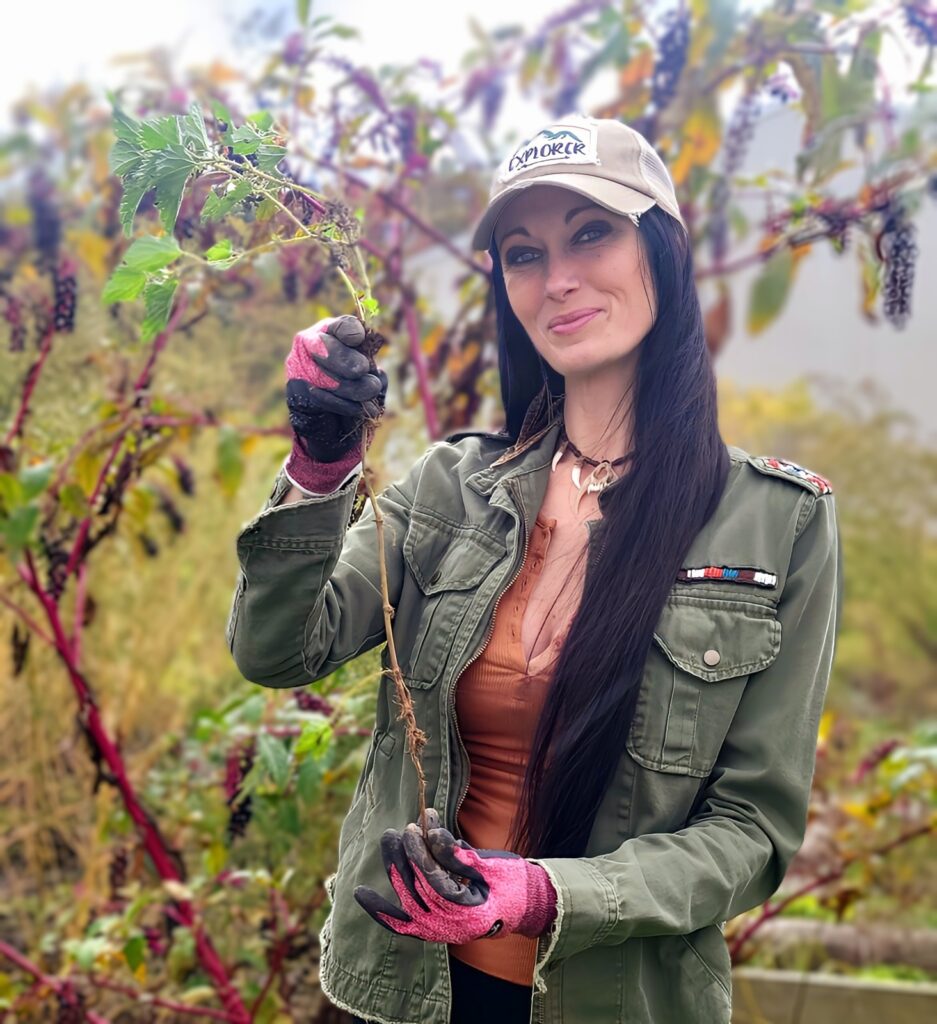
Kayce Heister
Kayce is a Clinical Herbalist, Naturopathic Practitioner (HHP), Active Forager, Wild Food Chef and Mother of three. She has spent the last 20 years practicing herbalism and natural health, and spends most of her time educating others on the amazing potential the natural world can offer.